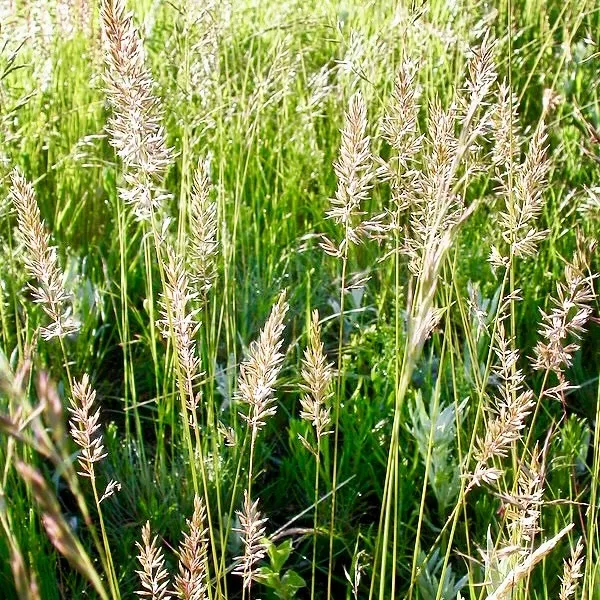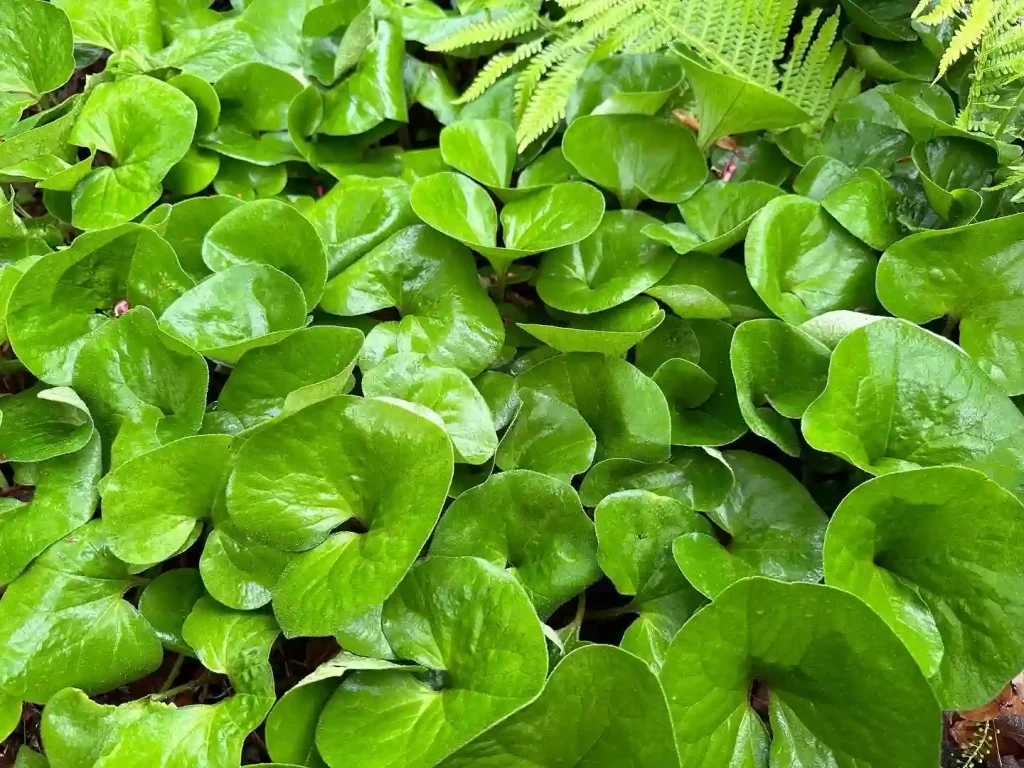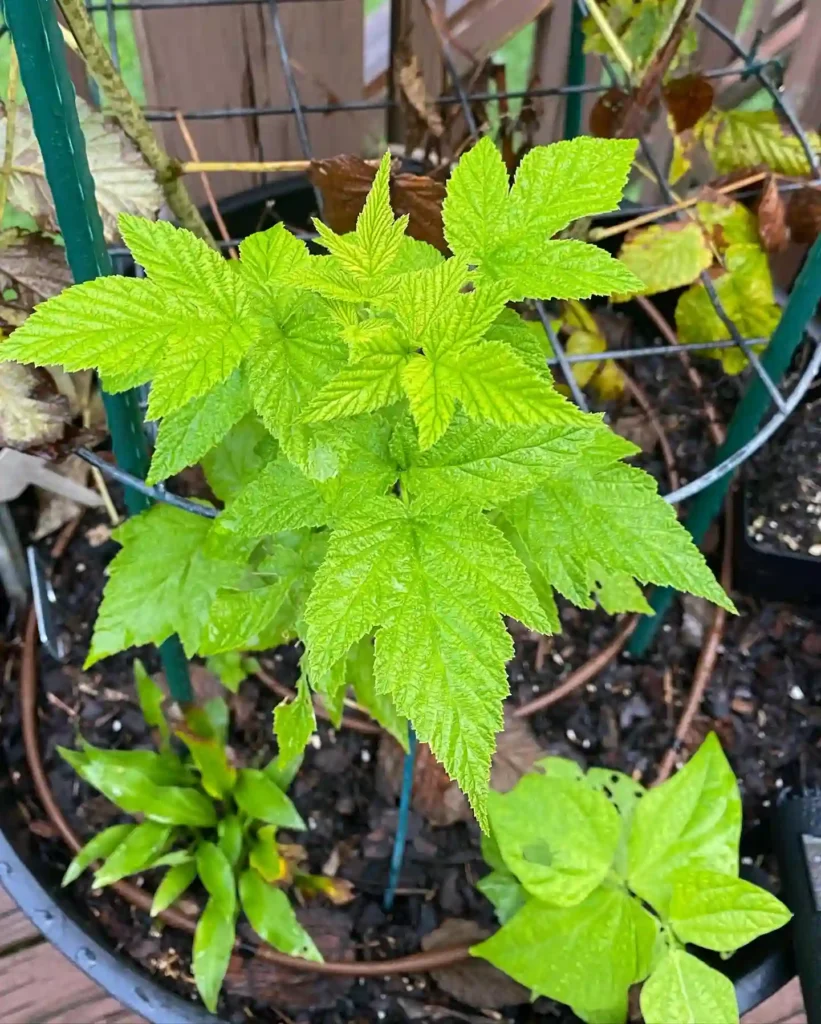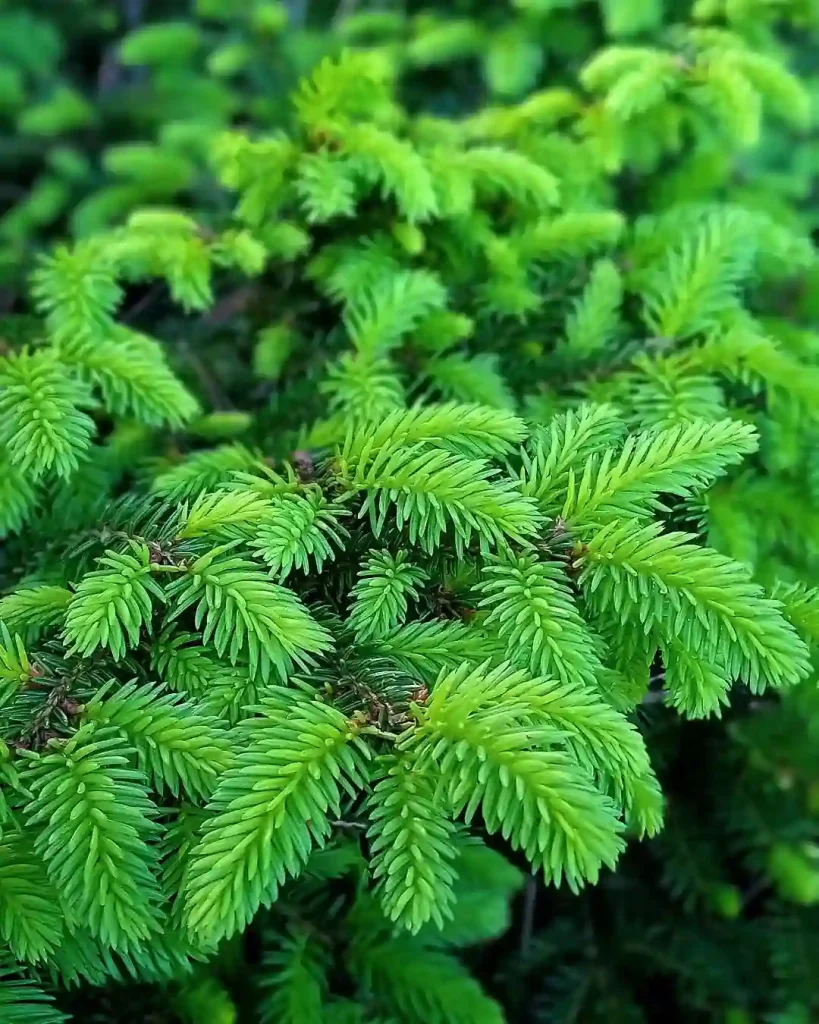A Journey into the World of Sapotaceae: My Fascination with a Unique Plant Family
As an avid botanist, I’ve always been captivated by the diverse world of plants. Among the countless families I’ve studied, one has particularly piqued my interest: the Sapotaceae.
This family, known for its economically and ecologically valuable species, boasts a fascinating array of characteristics that set it apart from others. Let’s delve into the fascinating world of Sapotaceae, exploring its key features, genera, and the reasons behind my unwavering fascination with this remarkable group of plants.
The Sapotaceae Family: An Overview
The Sapotaceae family is a group of flowering plants comprising around 74 genera and an estimated 1,100 species. These plants are primarily found in tropical and subtropical regions, particularly in Central and South America, Africa, Southeast Asia, and Australia.
One of the most striking features of Sapotaceae plants is their milky sap, or latex. This sticky substance, often used in the production of rubber and chewing gum, is present in various parts of the plant, including the bark, leaves, and fruit.
Sapotaceae plants also display a distinctive leaf arrangement, often with leaves clustered at the ends of branches. Their flowers, while typically small and inconspicuous, are often fragrant, attracting pollinators such as bees and flies. The fruits of Sapotaceae plants are diverse, ranging from berries to drupes, and are often edible, providing a source of food for humans and animals alike.
Genera of Sapotaceae: A Glimpse into Diversity
The Sapotaceae family is a treasure trove of biodiversity, with over 50 genera showcasing a remarkable range of forms and adaptations. Let’s explore genera of this captivating family:
- Pouteria: This large genus, comprising over 300 species, is known for its edible fruits, including the popular Lucuma and Canistel. Pouteria trees are often found in tropical rainforests, where they play a vital role in the ecosystem.
- Manilkara: This genus is famous for producing the highly prized chicle, a natural latex used in the production of chewing gum. The Manilkara zapota tree, also known as the sapodilla, yields a sweet, flavorful fruit that is enjoyed in many parts of the world.
- Chrysophyllum: This genus is recognized for its star-shaped fruits, giving rise to its common name, the star apple. Chrysophyllum trees are valued for their ornamental foliage and delicious fruits, which are often eaten fresh or used in jams and jellies. – 37 Species in Genus Chrysophyllum
- Palaquium: This genus is notable for its valuable timber, often used in construction and furniture making. Palaquium trees are also a source of gutta-percha, a natural latex used in various industrial applications.
- Abebaia Baehni
- Achrouteria Eyma
- Amorphospermum F.Muell.
- Aningeria Aubrév. & Pellegr.
- Aubregrinia Heine
- Aulandra H.J.Lam
- Autranella A.Chev.
- Baillonella Pierre
- Bemangidia L.Gaut.
- Breviea Aubrév. & Pellegr.
- Burckella Pierre
- Capurodendron Aubrév.
- Chloroluma Baill.
- Chromolucuma Ducke
- Cornuella Pierre
- Delpydora Pierre
- Diploknema Pierre
- Diploon Cronquist
- Donella Pierre ex Baill.
- Eberhardtia Lecomte
- Ecclinusa Mart.
- Elaeoluma Baill.
- Englerella Pierre
- Englerophytum K.Krause
- Gambeya Pierre
- Gayella Pierre
- Gluema Aubrév. & Pellegr.
- Inhambanella Dubard
- Isonandra Wight
- Labatia Sw.
- Labourdonnaisia Bojer
- Labramia A.DC.
- Lecomtedoxa Dubard
- Letestua Lecomte
- Lucuma Molina
- Madhuca Buch.-Ham. ex J.F.Gmel.
- Magodendron Vink
- Malacantha Pierre
- Martiusella Pierre
- Micropholis (Griseb.) Pierre
- Mimusops L.
- Nemaluma Baill.
- Neohemsleya T.D.Penn.
- Neolemonniera Heine
- Niemeyera F.Muell.
- Northia Hook.f.
- Omphalocarpum P.Beauv.
- Payena A.DC.
- Peteniodendron Lundell
- Pichonia Pierre
- Planchonella Pierre
- Pleioluma (Baill.) Baehni
- Pradosia Liais
- Prieurella Pierre
- Pycnandra Benth.
- Ragala Pierre
- Sahulia Swenson
- Sarcaulus Radlk.
- Sarcosperma Hook.f.
- Sersalisia R.Br.
- Sideroxylon L.
- Spiniluma (Baill.) Aubrév.
- Synsepalum (A.DC.) Daniell
- Tieghemella Pierre
- Tridesmostemon Engl.
- Tsebona Capuron
- Van-royena Aubrév.
- Vitellaria C.F.Gaertn.
- Vitellariopsis (Baill.) Dubard
- Xantolis Raf.
The Allure of Sapotaceae: My Personal Connection
My fascination with the Sapotaceae family stems from several factors. Firstly, their ecological significance cannot be overstated. These plants play a crucial role in tropical and subtropical ecosystems, providing food and shelter for a myriad of animals. Their presence contributes to the overall health and biodiversity of these vital habitats.
Secondly, the economic value of Sapotaceae plants is undeniable. From the production of rubber and chewing gum to the cultivation of fruits and timber, this family has made significant contributions to human livelihoods and industries. Their sustainable utilization can continue to benefit communities and economies for generations to come.
Lastly, the sheer diversity and beauty of Sapotaceae plants are truly captivating. Their unique features, ranging from milky sap and clustered leaves to fragrant flowers and diverse fruits, make them a source of endless wonder and admiration.
In conclusion, my exploration of the Sapotaceae family has been a rewarding journey. From their ecological importance to their economic value and sheer diversity, these plants have left an indelible mark on my botanical pursuits.
If i die, water my plants!



